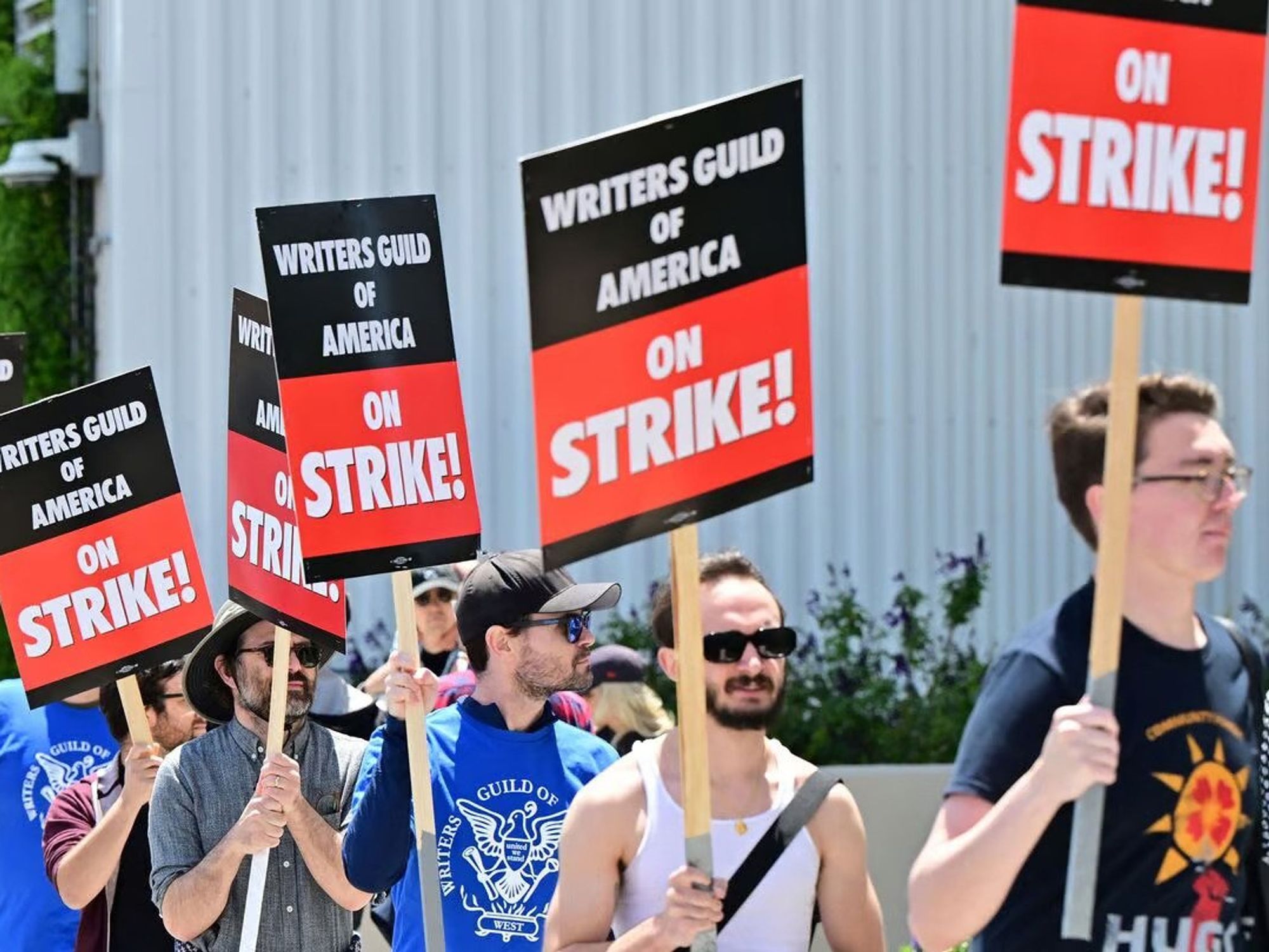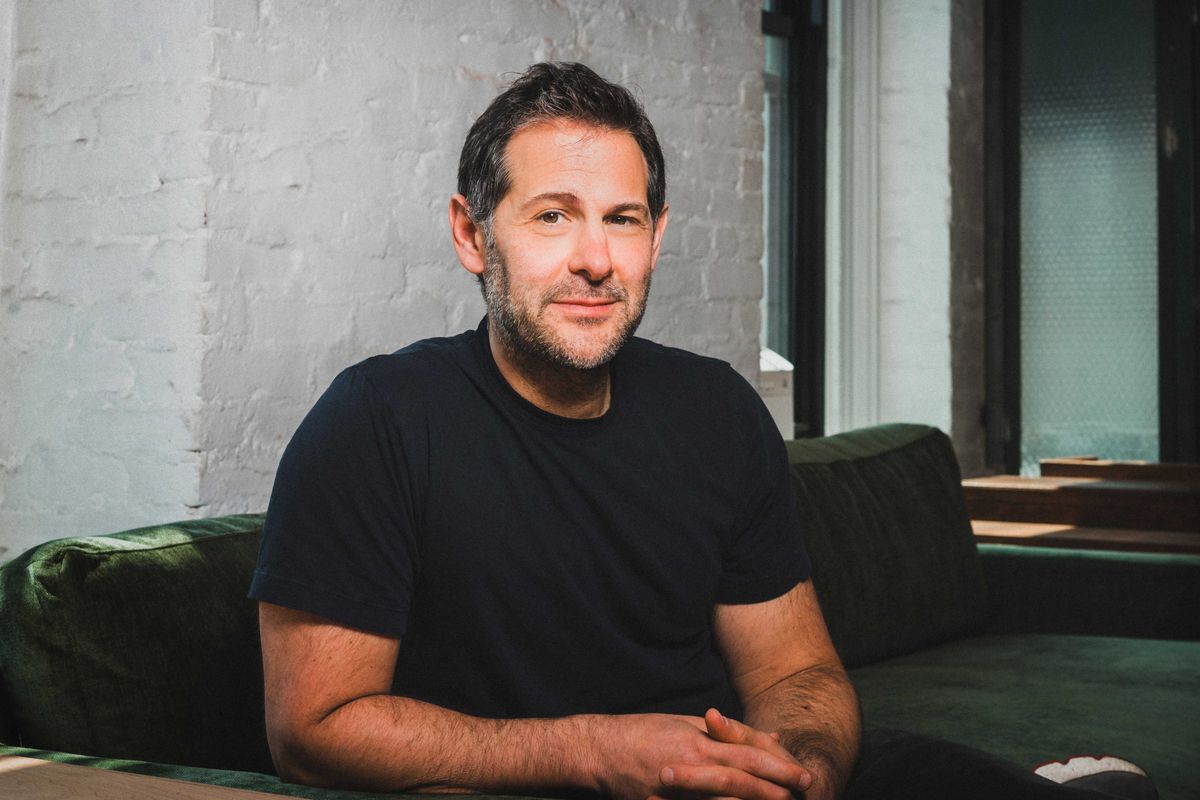🤖 CyberFilm AI: The Filmmaking Assistant Hollywood Didn't Know It Needed

Happy 2024, dot.LA readers and tech enthusiasts!
We’re kicking off the new year with a profile of an early stage startup right at the intersection of Hollywood and Silicon Valley: CyberFilm AI.
Read on to learn about how Russell Palmer (an AI engineer and product manager) and his brother Andrew (a computer science major turned filmmaker) are building a company to lead Hollywood into the AI era.

CyberFilm sits squarely at the intersection of Hollywood and Silicon Valley, with some generative AI pixie dust sprinkled on top for good measure. The company does pretty much exactly what you’d expect, given the name. It’s a tool for filmmakers, using AI to help with the creation of screenplays and storyboards. The goal is not to replace human screenwriters and filmmakers (Andrew is one such human filmmaker), but rather to democratize feature filmmaking. So how did this all start?
Russell’s journey began in the city of Toronto, where he grew up watching movies like Ninja Turtles and Ghostbusters, which captivated his imagination as a kid. Alongside Andrew, Russell reenacted these films, immortalizing their performances with his father's VHS camcorder. This early creative outlet, balanced with his father's insistence on equal hours of reading, fostered a deep appreciation for storytelling and science fiction, with works like Ender’s Game, Dune, and the Foundation series leaving a lasting impression.

Russell’s Holy Trinity of Science Fiction Novels
Russell followed his interest in tech to college, where he studied electrical engineering and computer science. This educational foundation laid the groundwork for his initial foray into the professional world at Microsoft, where he began to explore the depths of artificial intelligence. Meanwhile, his brother followed a parallel path in the arts after receiving his degree in computer science, developing his creative side in film school and eventually working as an assistant director. This juxtaposition of technology and art within the family would later prove pivotal in the creation of CyberFilm.
In 2017, after 8 years at Microsoft as a product manager, Russell dove headfirst into AI, joining Viv Labs, a startup founded by the Siri founders, building a new AI assistant. Russell was the first PM at Viv and spent 3 years at the company until it was acquired by Samsung and became the new version of the Samsung AI assistant, Bixby. Side note - who knew that both the Apple and Samsung virtual assistants were built by the same people?
After a brief stint helping lead JP Morgan’s AI/ML Acceleration team, Russell took the entrepreneurship plunge.
The catalyst that led to CyberFilm was something that didn’t really hit headlines in the rest of the world until a year later: OpenAI’s GPT-3 model. Russell started playing around with GPT-3 a year before the release of the ChatGPT chatbot and knew it was a seismic shift in artificial intelligence. Russell wrote a blog post about how AI could impact Hollywood, started talking to other AI experts and Hollywood types, and CyberFilm was born.
Russell and co spent the next year working on CyberFilm’s core product, Saga. Saga’s first key feature is a screenwriting assistant. You can input all the building blocks of a story, from the characters, to the genre, to the story arc, and it will help you complete your first draft faster, with suggestions for dialogs or scene narration when you’re stuck, along with Hollywood story and character archetype patterns.
By spring 2023, Saga was ready for release. After working with screenwriters (including Russell’s brother Andrew) throughout the development process, they were pretty sure they’d have a receptive audience in the screenwriting community. Russell and Andrew released Saga… and the Writers Guild of America went on strike less than a month later (check out our coverage of the conclusion of the strike here).
Initially not a core focus of the strike, AI became the writers’ boogeyman. While writers on the platform continued to love the product, many other writers publicly denounced any and all AI. So Russell did what any good entrepreneur would when he realized the timing was wrong: he cut costs and got back to building.
Russell built out storyboarding as a new core feature of Saga. The storyboarding side of the product lets you create fully rendered storyboard images for any scene you want to develop based on simple prompts. The goal is to bring the tools (and teams) of a major studio to any indie filmmaker or even someone looking to create content for YouTube or Tiktok.
Fast forward to today, and Saga is now positioned to sit squarely where filmmakers want it: as an assistant not a replacement, like a writing room partner or a script doctor many in Hollywood use today. Now that the strike is over, writers have started flocking back to the platform to improve productivity, and the company is looking to raise a new round of capital to support its growth this year.
If you want to learn more about CyberFilm and Saga, shoot Russell a note at russellp@cyberfilm.ai.





 Image Source: Blackbird
Image Source: Blackbird